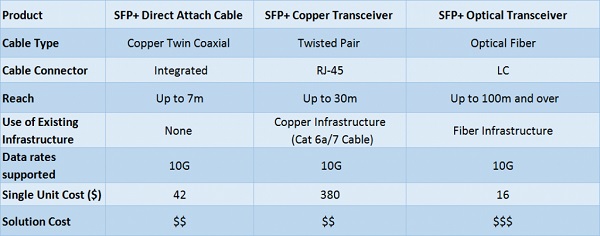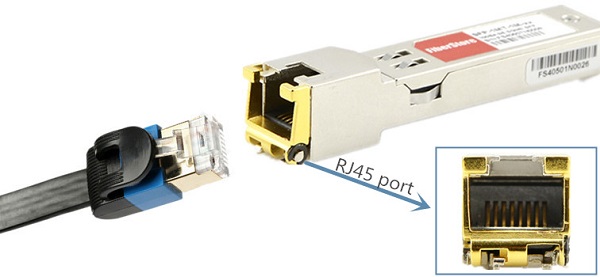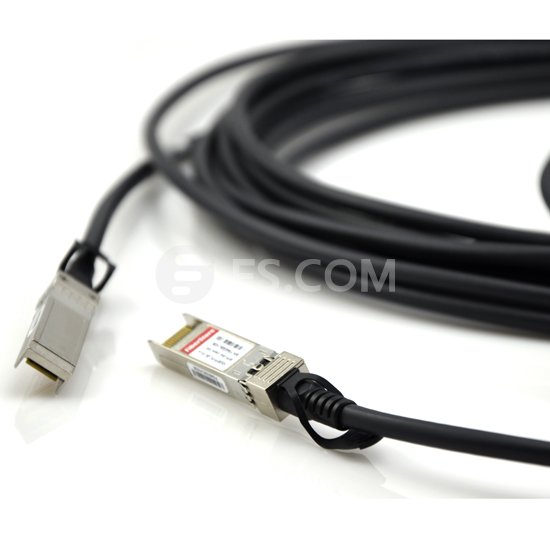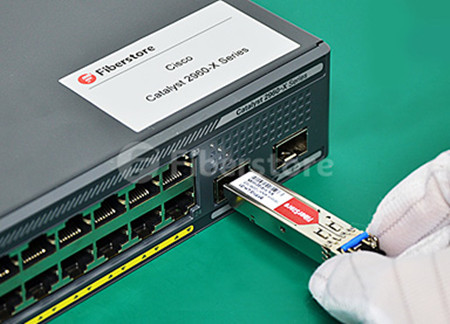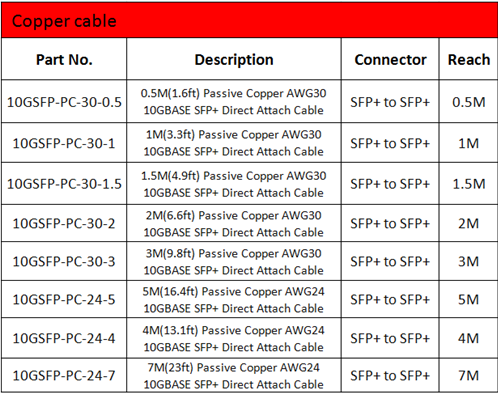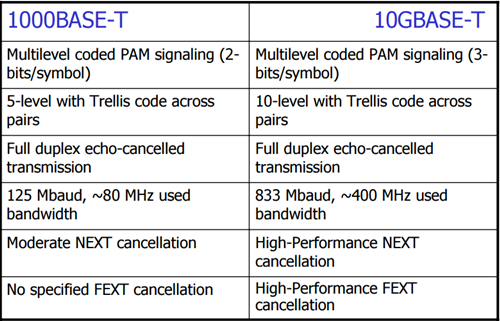SFP+ transceiver in short stands for enhanced Small Form-factor Pluggable transceiver. As an enhanced version of SFP, the SFP+ transceiver is also a compact, hot pluggable optic module transceiver. The SFP+ can be used for telecommunications and data communication applications. With various standards, the SFP+ transceiver can be classified differently. In this text, we mainly focus on the SFP+ transceiver’s host interface, data rate, application, and distance.
Types of SFP+ Transceiver
Classified by host interface, the SFP+ fiber optic transceiver can be divided into linear and limiting transceivers. The linear SFP+ module is most appropriate for 10GBase-LRM; otherwise, a limiting module is preferred with the reason that it contains a signal amplifier to re-shape the degraded (received) signal whereas linear does not.
Classified by data rate, the SFP+ transceiver can still be put into three types: 8.5Gb/s SFP+, 10Gb/s SFP+, 16Gb/s SFP+. With its fast development, many vendors can provide a customized one to meet their customers’ different demands.
Classified by application, BiDi SFP+ modules, CWDM SFP+ modules, DWDM SFP+ modules, and other common SFP+ optical transceivers are covered. Considering CWDM and DWDM SFP+ transceivers, they are regarded as the most convenient and cost-effective choices for a campus, data-center, and metropolitan-area access networks using 10 Gigabit Ethernet, with a transmission speed up to 11.25G. The CWDM SFP+ transceiver is designed for bi-directional (BIDI) serial optical data communications such as IEEE 802.3ae 10GBASE-LR/LW/ER. It can support 18 wavelengths from 1270 nm to 1610 nm and has steps of 20 nm, with a transmission distance from 20 km to 80 km. The DWDM SFP+ transceiver is specifically designed for carriers and large enterprises that require a scalable, flexible, cost-effective system for multiplexing, transporting and protecting high-speed data, storage, voice and video applications in point-to-point, add/drop, ring, mesh and star network topologies. It supports more than 40 channels with a transmission distance up to 80 km. As for the BiDi SFP+ transceiver, it’s the enhanced small form-factor pluggable fiber transceiver designed for bi-directional 10G serial optical data communications. Working over one fiber, the BiDi SFP+ uses WDM technology sharing transmission directions into wavelengths of 1270 nm and 1330 nm with a distance up to 10 km, 20 km, 40 km, or 60 km.
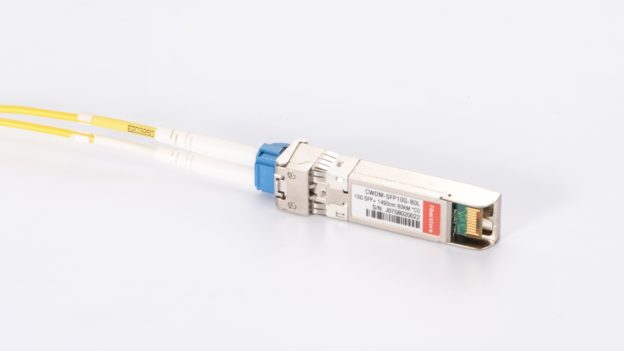
Figure 1: 1490nm 80km CWDM SFP+ transceiver connected with single mode LC duplex cable
Classified by wavelength, 10G SFP+ can be grouped into short wavelength SFP+, long wavelength SFP+ and extra long one. For example, SFP-10G-SR belongs to the short wavelength (850 nm), supporting multimode fiber, such as OM3 (300 m) and OM4 (400 m). Besides, the 10G SFP+ copper also belongs to the short one. With an RJ45 connector, it is specifically designed for high-speed communication links that require 10 Gigabit Ethernet over Cat 6a/7 cable with a link limit of 30 m. While SFP-10G-LR can support a long wavelength and a long distance up to 10 km by using a single-mode fiber. For extra long wavelength and extended reach, 10GBASE-ER SFP+ can reach 40 km with the wavelength of 1550 nm by using a single-mode fiber, and also the 10GBASE-ZR SFP+ belongs to the extra long one, which can support the wavelength of 1550 nm with a distance up to 80 km.
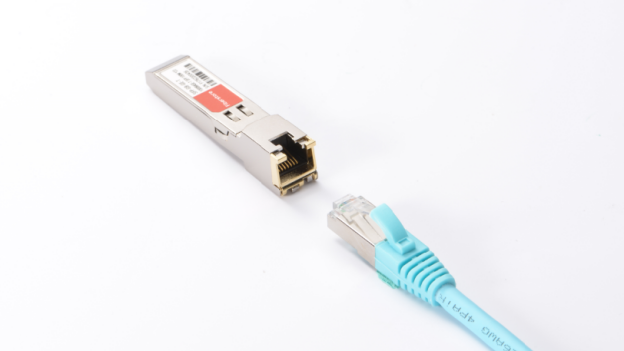
Figure 2: 10G copper SFP+ and RJ45 Ethernet cable
Conclusion
With the above introduction, we will have a basic idea of what the SFP+ transceiver is and how many types it has. Since the SFP+ transceiver enjoys lots of strengths, such as high density, low cost, and low power consumption, it has been frequently used in the fiber communications industry. Now that the SFP+ possesses a wide range of types, it can meet their different needs. There is no need to doubt the SFP+ transceiver will keep releasing a huge potential in the future.

